Back to Courses

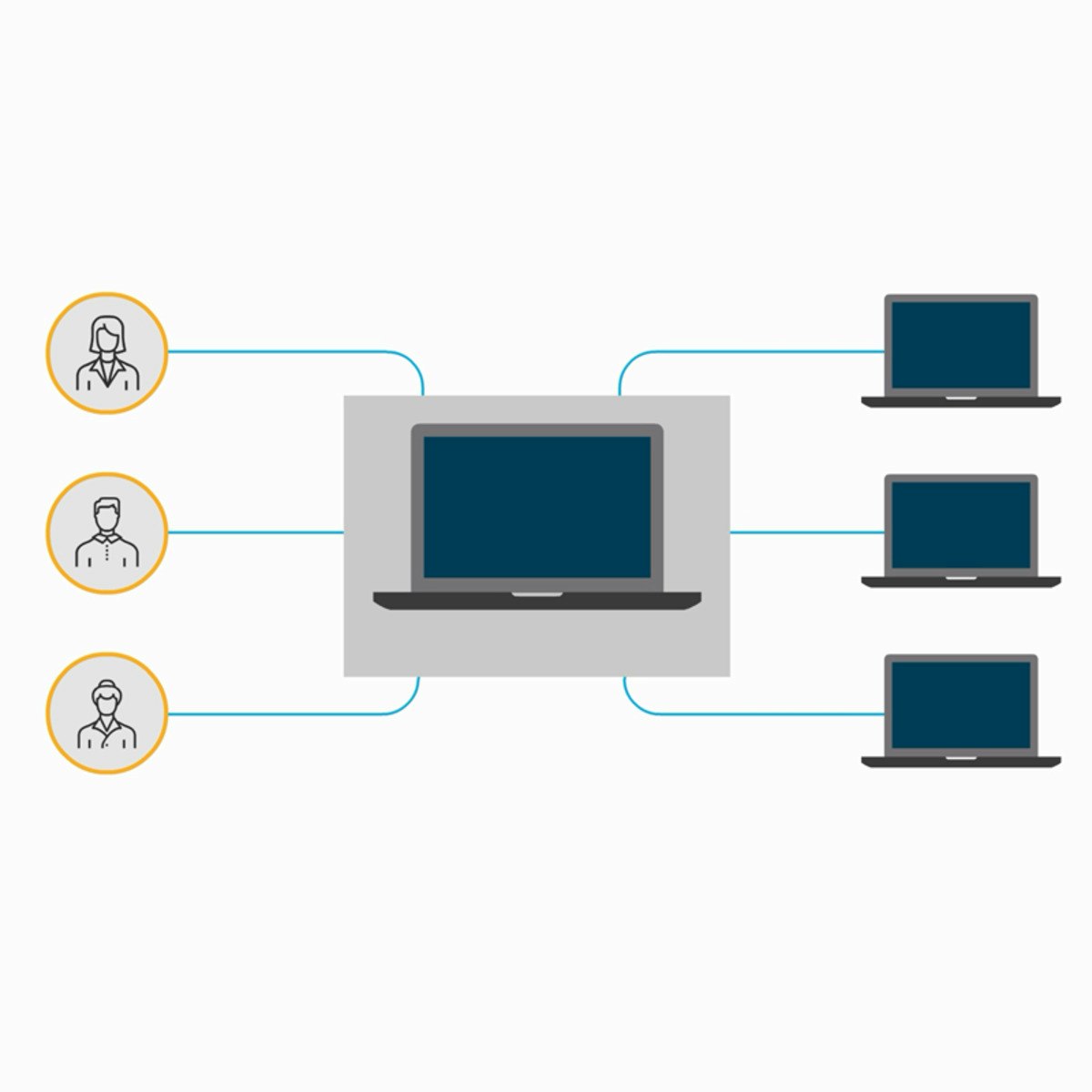
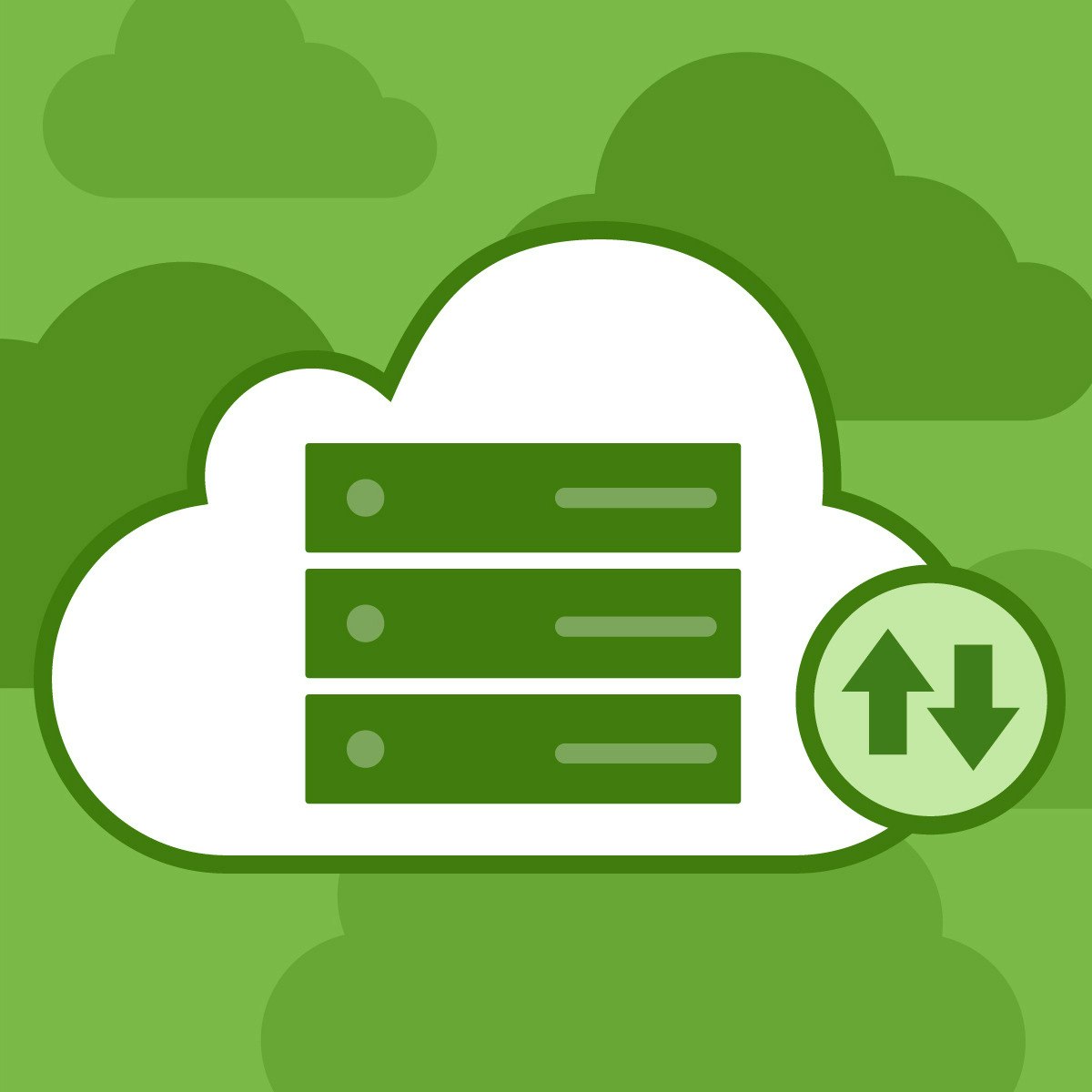
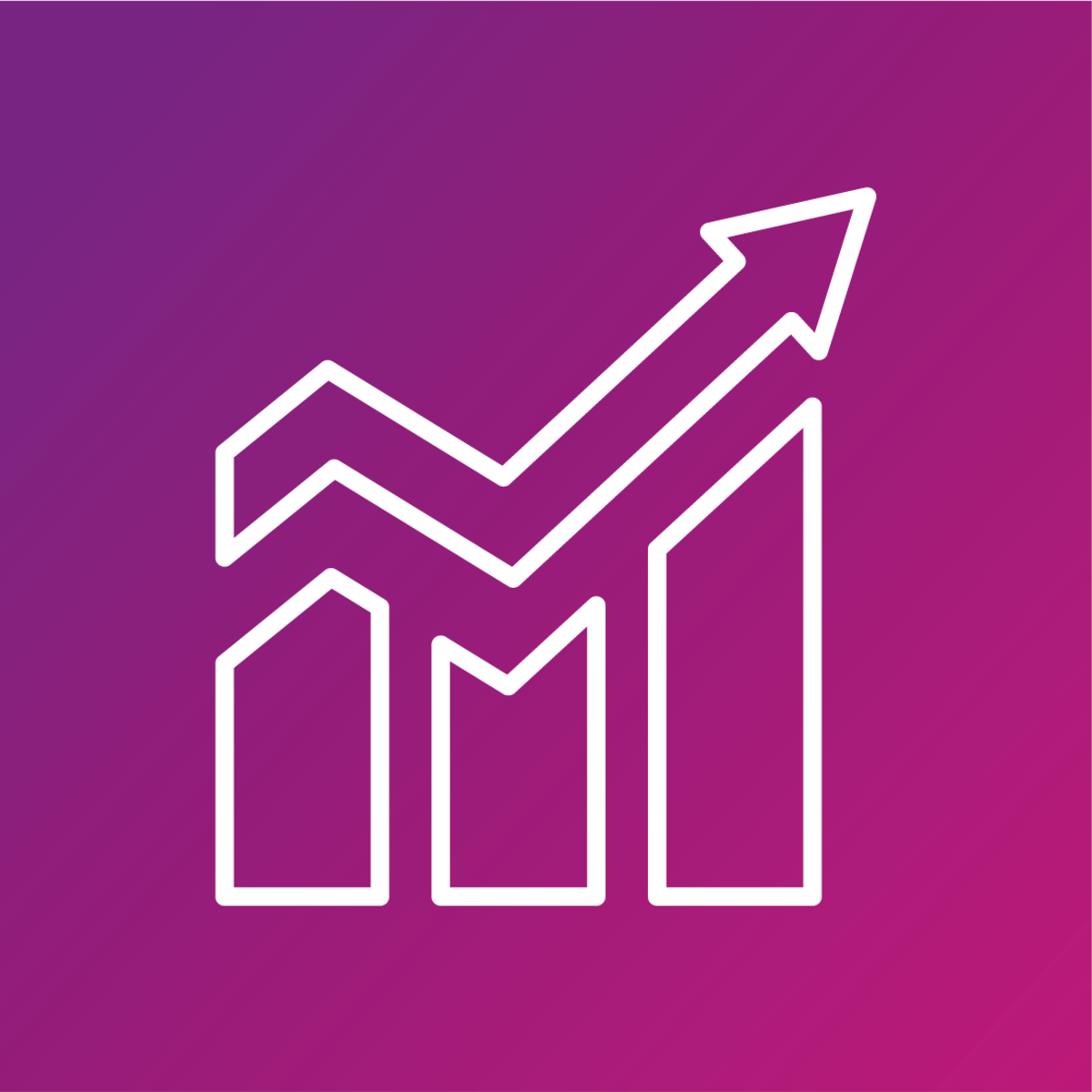
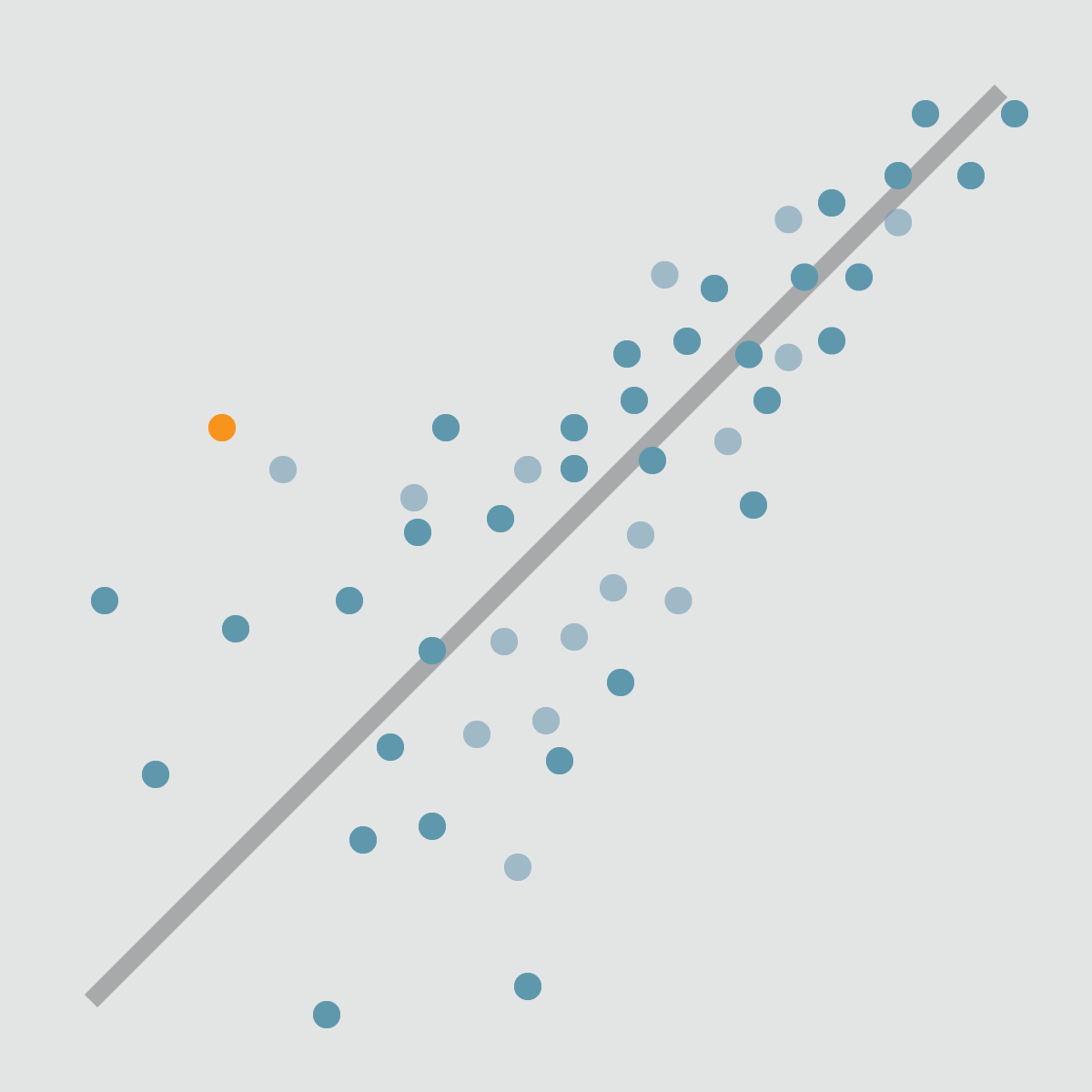
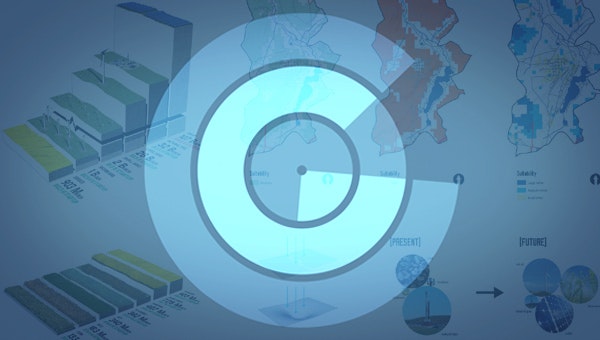

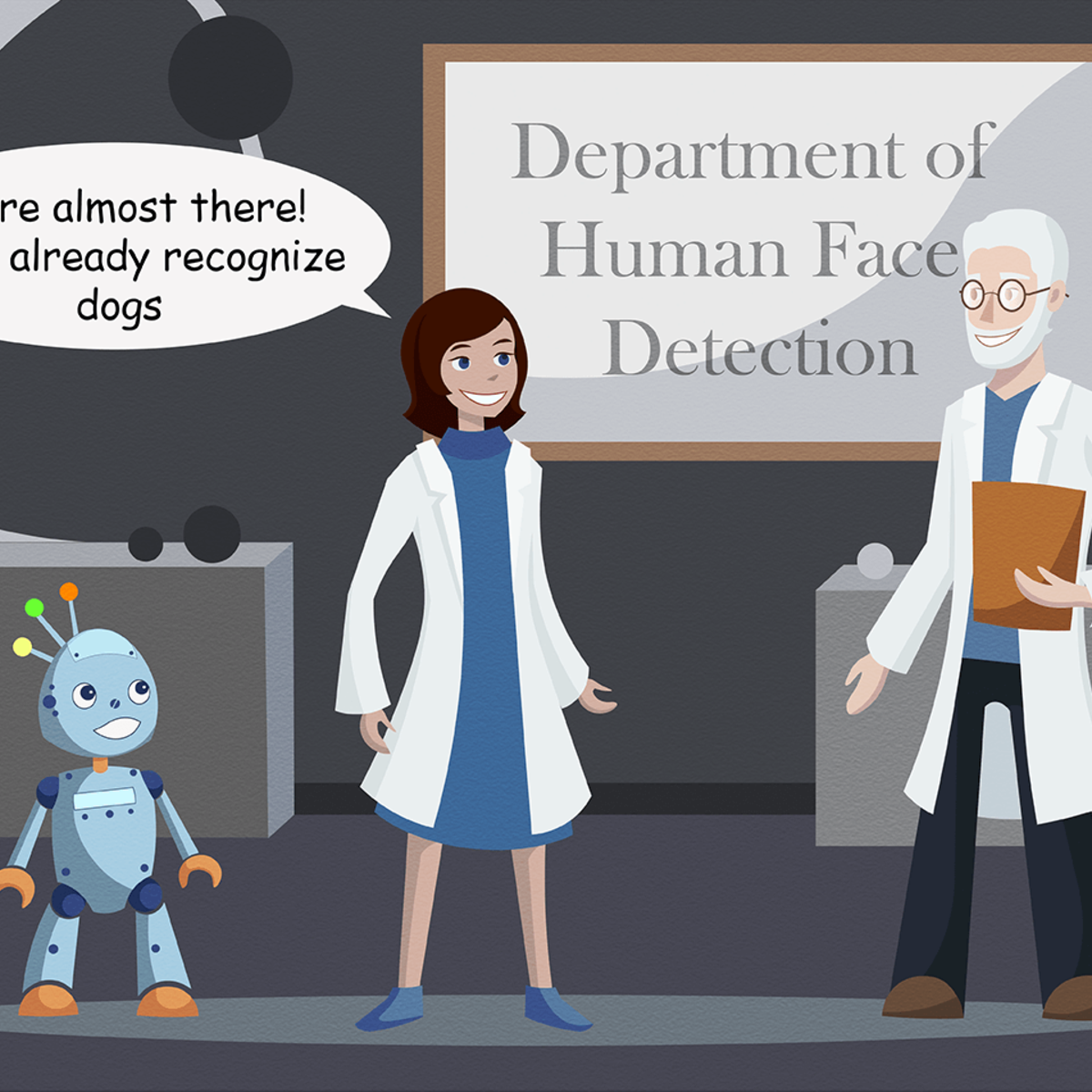
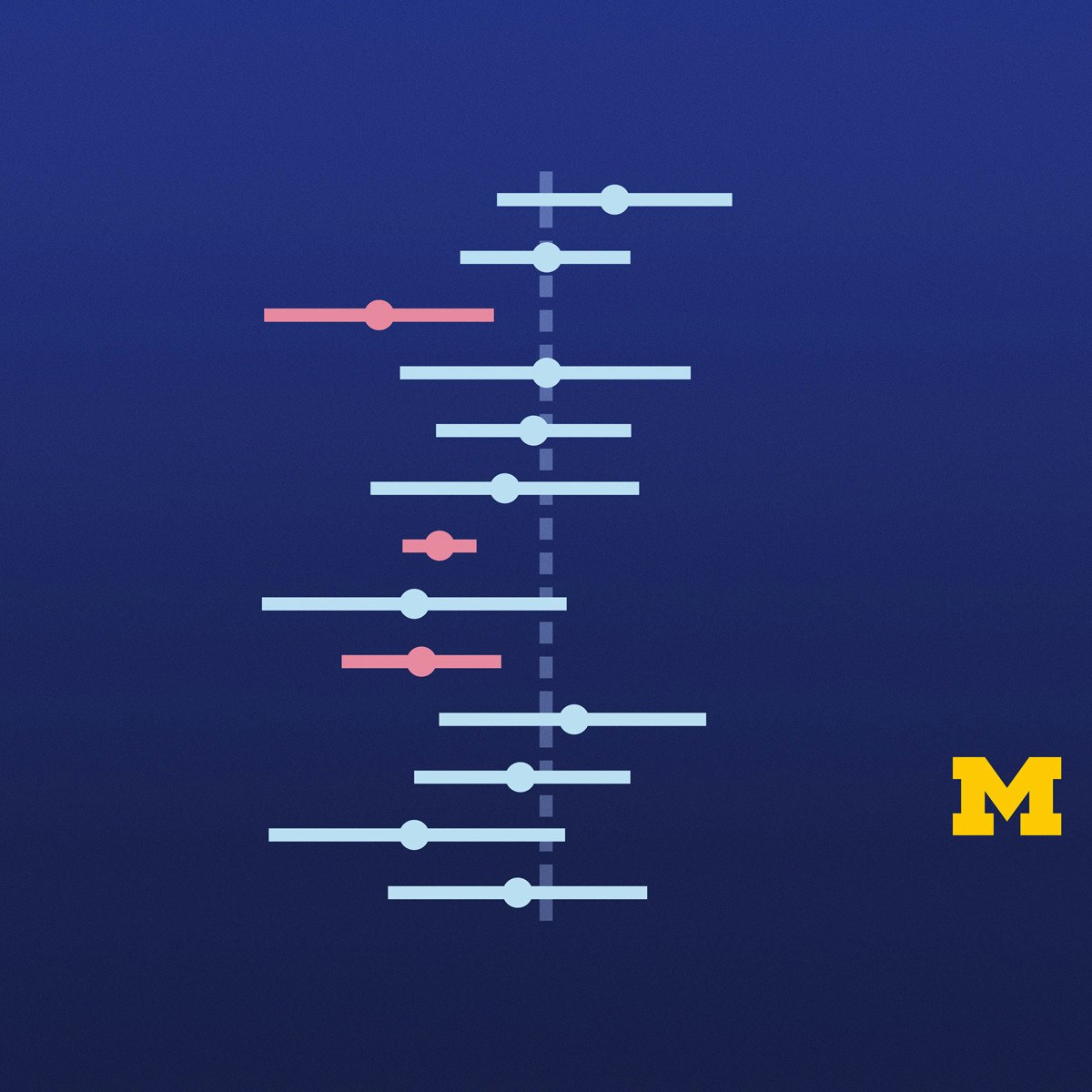
Data Science Courses - Page 13
Showing results 121-130 of 1407

Applying Machine Learning to your Data with Google Cloud
In this course, we define what machine learning is and how it can benefit your business. You'll see a few demos of ML in action and learn key ML terms like instances, features, and labels. In the interactive labs, you will practice invoking the pretrained ML APIs available as well as build your own Machine Learning models using just SQL with BigQuery ML.

Data Privacy Fundamentals
This course is designed to introduce data privacy to a wide audience and help each participant see how data privacy has evolved as a compelling concern to public and private organizations as well as individuals. In this course, you will hear from legal and technical experts and practitioners who encounter data privacy issues daily. This course will review theories of data privacy as well as data privacy in the context of social media and artificial intelligence. It will also explore data privacy issues in journalism, surveillance, new technologies like facial recognition and biometrics. Completion of the course will enable the participant to be eligible for CPE credit.

RPA Lifecycle: Deployment and Maintenance
Robotic Process Automation (or RPA) implementation is conducted over multiple critical phases. In the Discovery phase, you identify the business processes beneficial for automation. In the Design phase, you create an RPA plan for automating them. In the Development and Testing phase, you execute the RPA plan and develop bots, testing them thoroughly during development.
Next, you need to deploy the bots and set them up for routine monitoring. These activities are performed next in the implementation lifecycle: in the Deployment and Maintenance phases.
You can deploy bots in various devices and also monitor their performance live via the Web Control Room. This is a web-based application, with comprehensive workload management, granular security controls, and an intuitive analytics dashboard. It is the one central interface from where you can create and manage users and roles, monitor connected and disconnected devices and schedule bot execution.
As you begin this course, you will be introduced to the user interface of the Web Control Room. You will explore various panels and components in its Features Panel. You will also study some of the best practices and troubleshooting procedures that you can apply while using the Web Control Room during RPA Deployment and Maintenance. The learning will be reinforced through concept description, hands-on tasks, and guided practice.
Managing Big Data with MySQL
This course is an introduction to how to use relational databases in business analysis. You will learn how relational databases work, and how to use entity-relationship diagrams to display the structure of the data held within them. This knowledge will help you understand how data needs to be collected in business contexts, and help you identify features you want to consider if you are involved in implementing new data collection efforts. You will also learn how to execute the most useful query and table aggregation statements for business analysts, and practice using them with real databases. No more waiting 48 hours for someone else in the company to provide data to you – you will be able to get the data by yourself!
By the end of this course, you will have a clear understanding of how relational databases work, and have a portfolio of queries you can show potential employers. Businesses are collecting increasing amounts of information with the hope that data will yield novel insights into how to improve businesses. Analysts that understand how to access this data – this means you! – will have a strong competitive advantage in this data-smitten business world.

Logistic Regression in R for Public Health
Welcome to Logistic Regression in R for Public Health!
Why logistic regression for public health rather than just logistic regression? Well, there are some particular considerations for every data set, and public health data sets have particular features that need special attention. In a word, they're messy. Like the others in the series, this is a hands-on course, giving you plenty of practice with R on real-life, messy data, with predicting who has diabetes from a set of patient characteristics as the worked example for this course. Additionally, the interpretation of the outputs from the regression model can differ depending on the perspective that you take, and public health doesn’t just take the perspective of an individual patient but must also consider the population angle. That said, much of what is covered in this course is true for logistic regression when applied to any data set, so you will be able to apply the principles of this course to logistic regression more broadly too.
By the end of this course, you will be able to:
Explain when it is valid to use logistic regression
Define odds and odds ratios
Run simple and multiple logistic regression analysis in R and interpret the output
Evaluate the model assumptions for multiple logistic regression in R
Describe and compare some common ways to choose a multiple regression model
This course builds on skills such as hypothesis testing, p values, and how to use R, which are covered in the first two courses of the Statistics for Public Health specialisation. If you are unfamiliar with these skills, we suggest you review Statistical Thinking for Public Health and Linear Regression for Public Health before beginning this course. If you are already familiar with these skills, we are confident that you will enjoy furthering your knowledge and skills in Statistics for Public Health: Logistic Regression for Public Health.
We hope you enjoy the course!

Linear Regression and Modeling
This course introduces simple and multiple linear regression models. These models allow you to assess the relationship between variables in a data set and a continuous response variable. Is there a relationship between the physical attractiveness of a professor and their student evaluation scores? Can we predict the test score for a child based on certain characteristics of his or her mother? In this course, you will learn the fundamental theory behind linear regression and, through data examples, learn to fit, examine, and utilize regression models to examine relationships between multiple variables, using the free statistical software R and RStudio.

Geodesign: Change Your World
Ignite your career with Geodesign! The magnitude of challenges before us exceeds the reach of conventional approaches to planning and design. The pandemic has spawned urgent needs for new design approaches and solutions. Also at the doorstep is climate change: altering community design approaches; addressing infrastructure types and locations; as well as the need to protect carbon-sequestering environs. Geodesign provides a revolutionary way forward. It leverages information systems to foster collaborations that result in geographically specific, adaptive, and resilient strategies to wicked problems across scales of the natural and built environment. Geodesign builds confidence through dynamic real-time feedback, which empowers engaged collaborations for meaningful plans. With Geodesign, you can change your world – for the better!
This course includes well-illustrated lectures by the instructor, as well as guest lectures each week to ensure you are hearing a variety of viewpoints. Each week you will also be able to examine what Geodesign is through interactive mapping that showcases real-word Case Study examples of Geodesign from around the globe. As you move along in the course, you will discover the interrelationships of both the physical and human aspects that contribute to how Geodesign strategies are composed. The course concludes with you outlining your own Geodesign Challenge, and receiving feedback about that from your peers
Business Analytics Executive Overview
Businesses run on data, and data offers little value without analytics. The ability to process data to make predictions about the behavior of individuals or markets, to diagnose systems or situations, or to prescribe actions for people or processes drives business today. Increasingly many businesses are striving to become “data-driven”, proactively relying more on cold hard information and sophisticated algorithms than upon the gut instinct or slow reactions of humans.
This course will focus on understanding key analytics concepts and the breadth of analytic possibilities. Together, the class will explore dozens of real-world analytics problems and solutions across most major industries and business functions. The course will also touch on analytic technologies, architectures, and roles from business intelligence to data science, and from data warehouses to data lakes. And the course will wrap up with a discussion of analytics trends and futures.

Classification with Transfer Learning in Keras
In this 1.5 hour long project-based course, you will learn to create and train a Convolutional Neural Network (CNN) with an existing CNN model architecture, and its pre-trained weights. We will use the MobileNet model architecture along with its weights trained on the popular ImageNet dataset. By using a model with pre-trained weights, and then training just the last layers on a new dataset, we can drastically reduce the training time required to fit the model to the new data . The pre-trained model has already learned to recognize thousands on simple and complex image features, and we are using its output as the input to the last layers that we are training.
In order to be successful in this project, you should be familiar with Python, Neural Networks, and CNNs.
Note: This course works best for learners who are based in the North America region. We’re currently working on providing the same experience in other regions.

Inferential Statistical Analysis with Python
In this course, we will explore basic principles behind using data for estimation and for assessing theories. We will analyze both categorical data and quantitative data, starting with one population techniques and expanding to handle comparisons of two populations. We will learn how to construct confidence intervals. We will also use sample data to assess whether or not a theory about the value of a parameter is consistent with the data. A major focus will be on interpreting inferential results appropriately.
At the end of each week, learners will apply what they’ve learned using Python within the course environment. During these lab-based sessions, learners will work through tutorials focusing on specific case studies to help solidify the week’s statistical concepts, which will include further deep dives into Python libraries including Statsmodels, Pandas, and Seaborn. This course utilizes the Jupyter Notebook environment within Coursera.
Popular Internships and Jobs by Categories
Find Jobs & Internships
Browse
© 2024 BoostGrad | All rights reserved